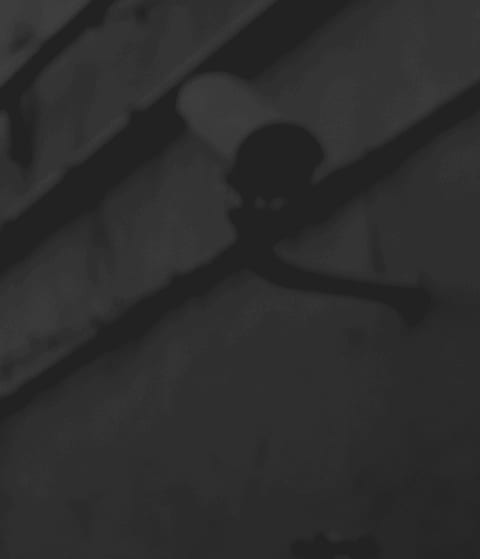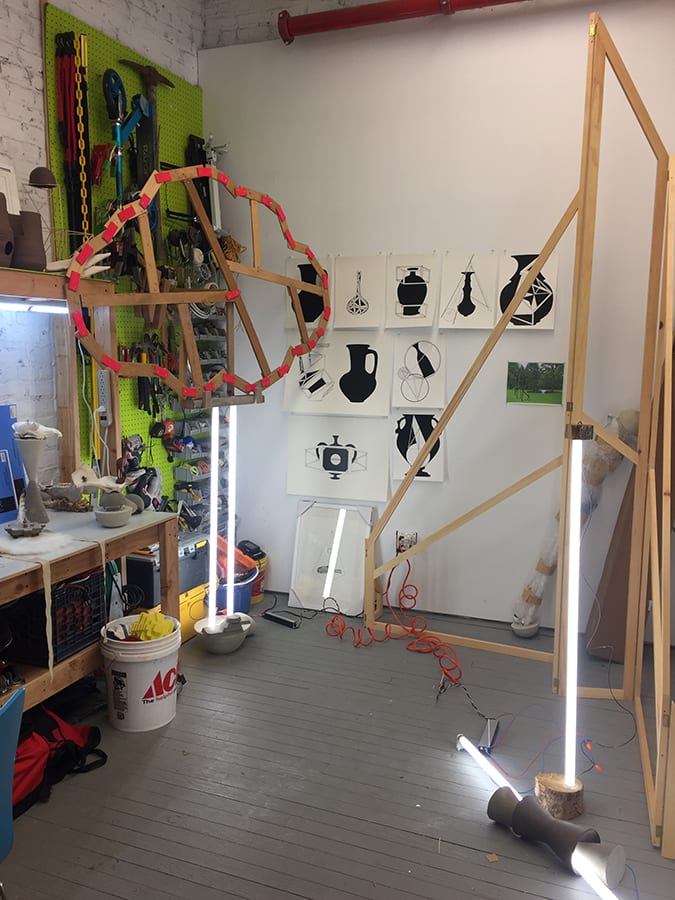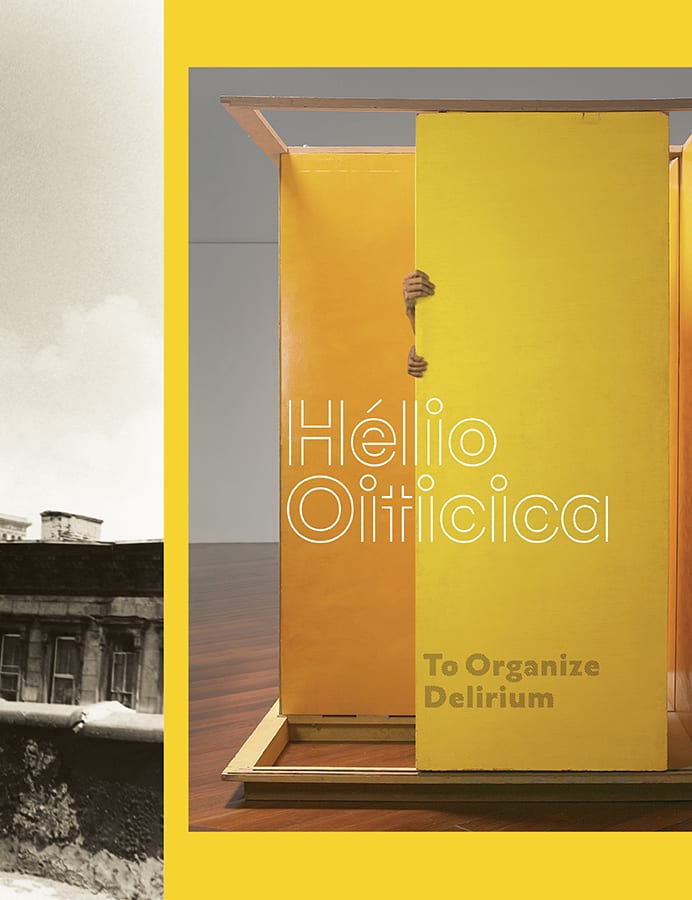By Nick Herman
Art Journal Open presents Medias Res by artist Nick Herman, which features Herman’s exploration of his artworks and texts related to his interests in static, rastering, layering, and other transmission processes. These interests have led Herman to create two new works to be viewed on Art Journal Open: Comm 1 (2017), which takes the shape of a unique and experimental pop-up GIF experience, and MERROR ERROR TERRIOR (2017), a downloadable image. “Static or noise as a record of transmission becomes its own reward, reflecting its innate complexity and, in the process, some greater truth about its origin.” Herman writes, “To me, the GIF does something similar, capturing the unpredictable rhythms and constituent raster of their source”












